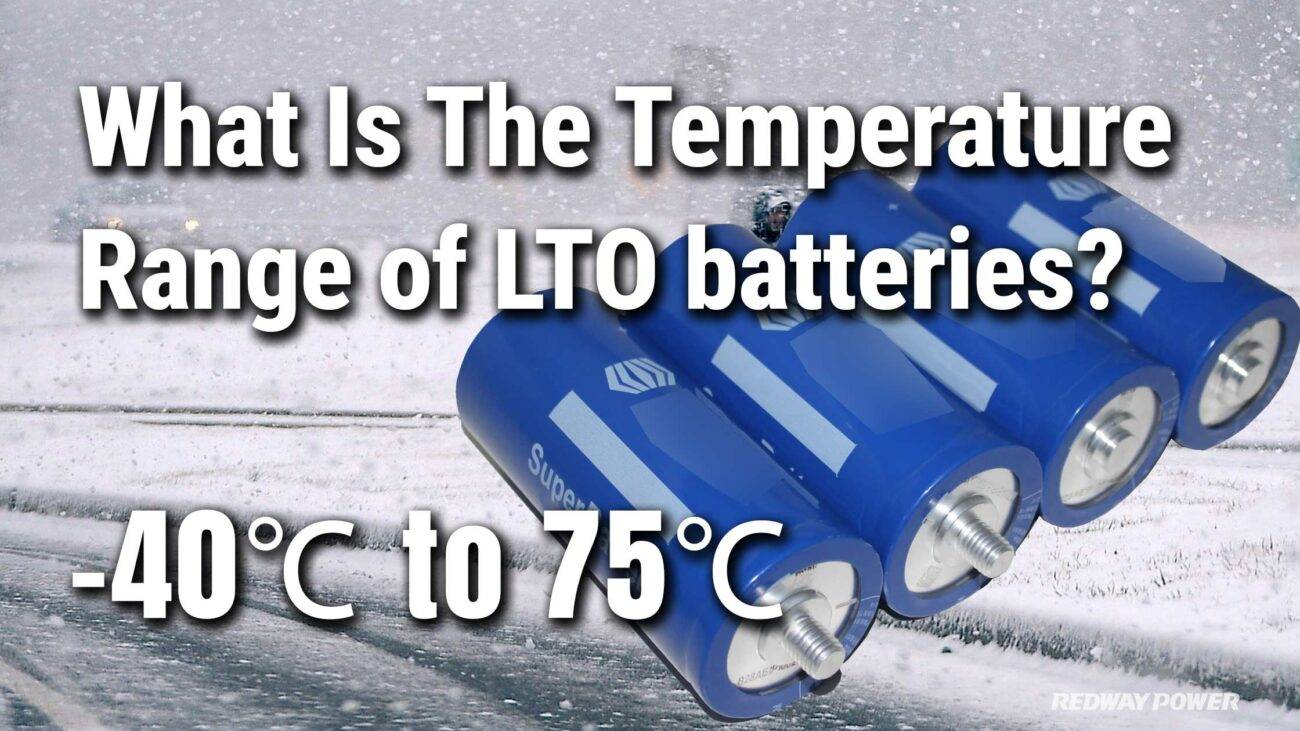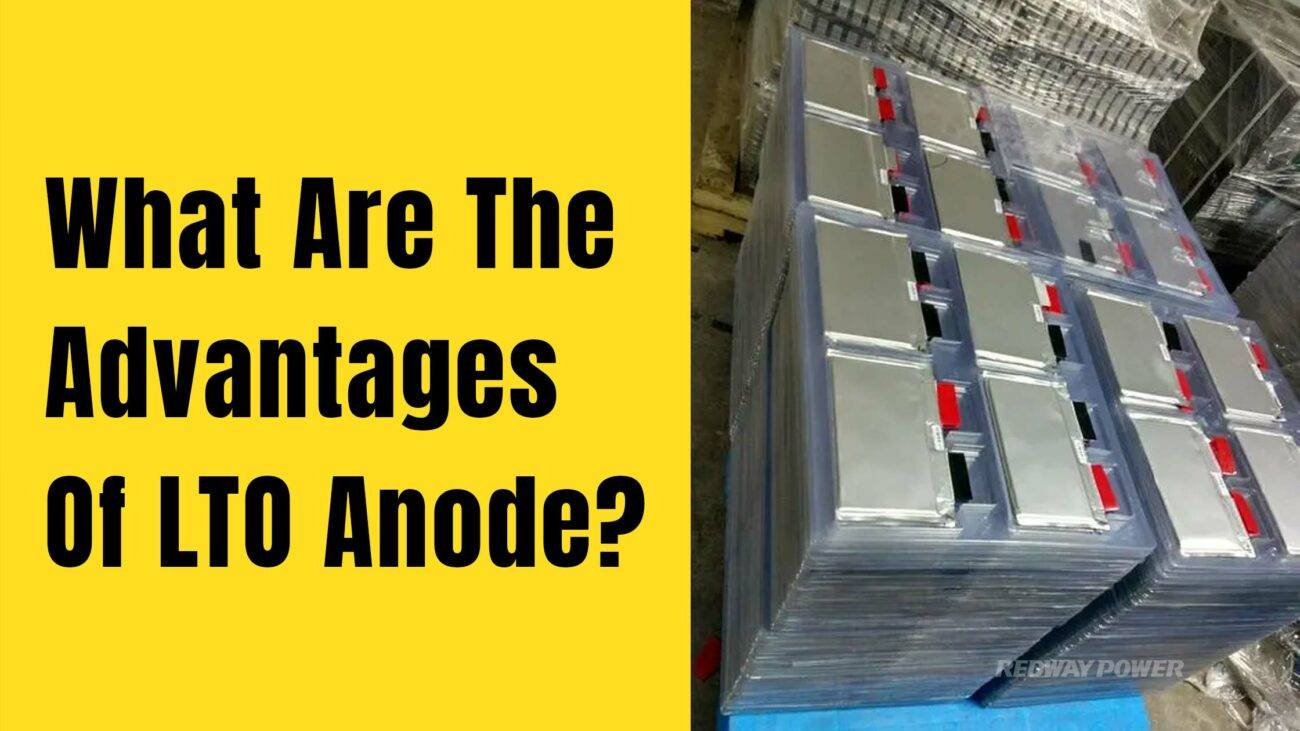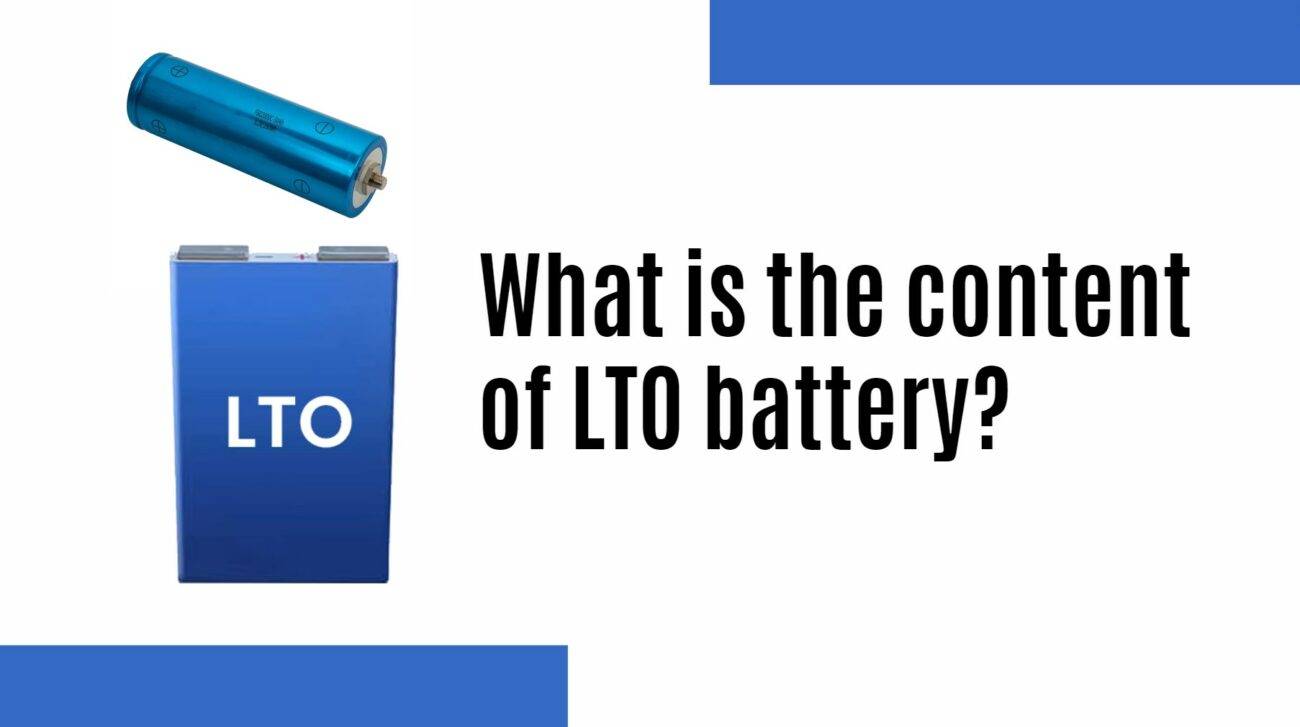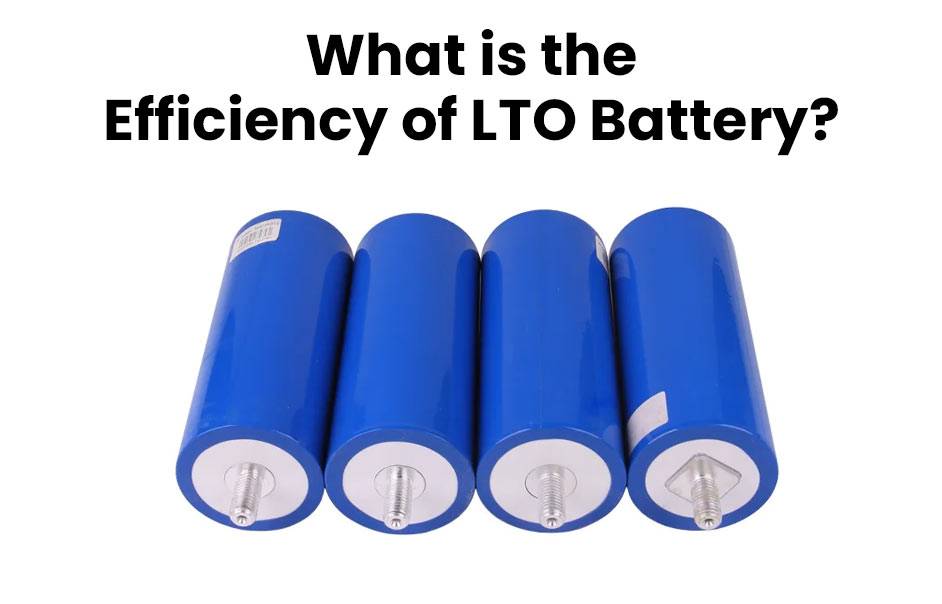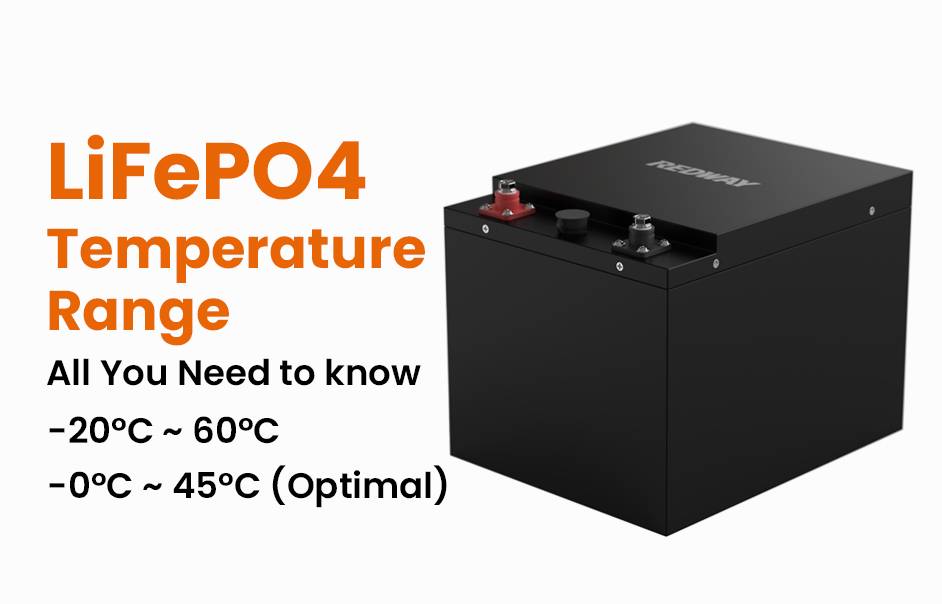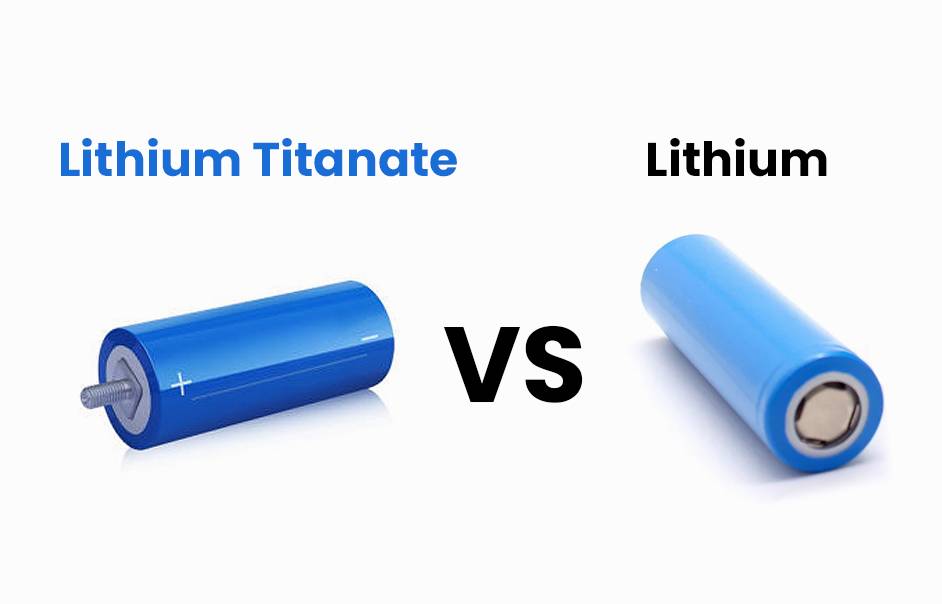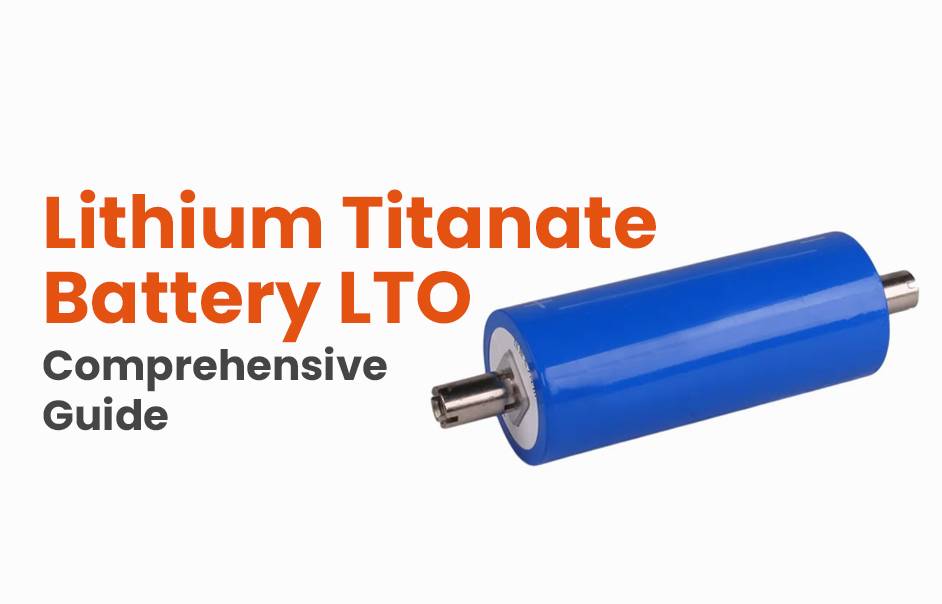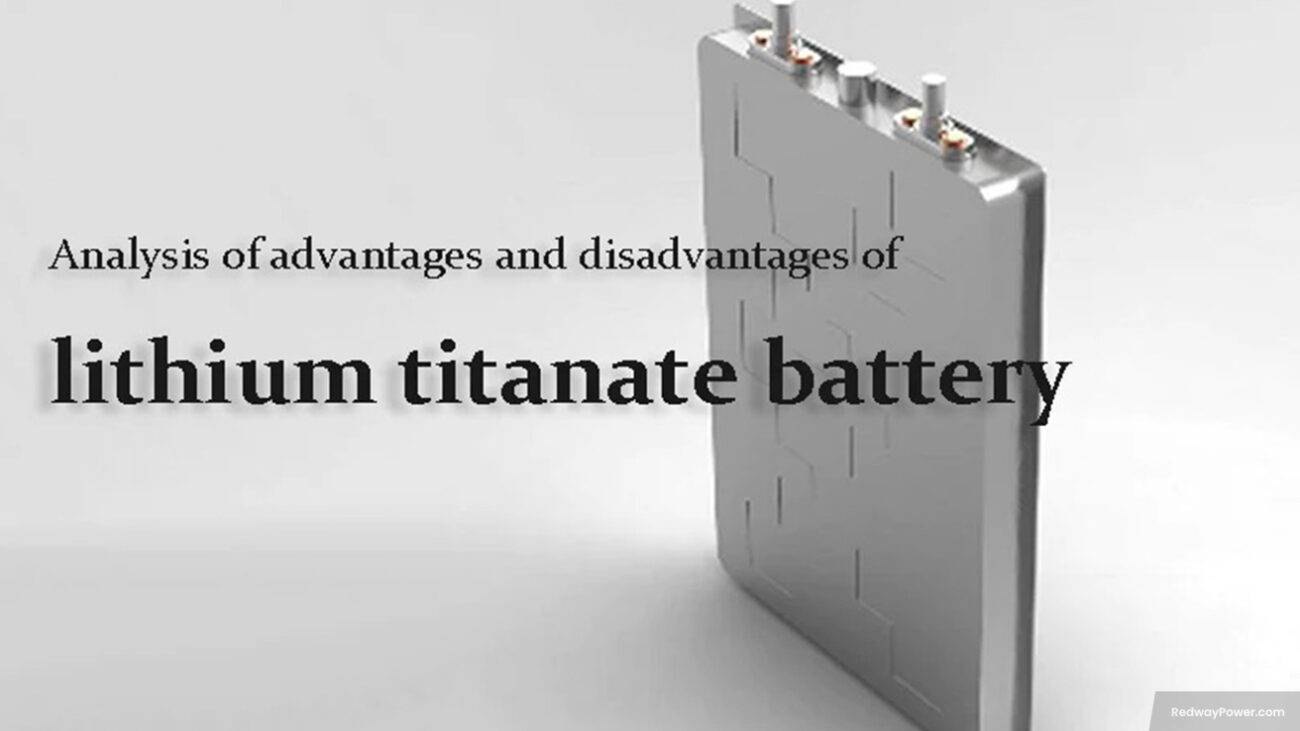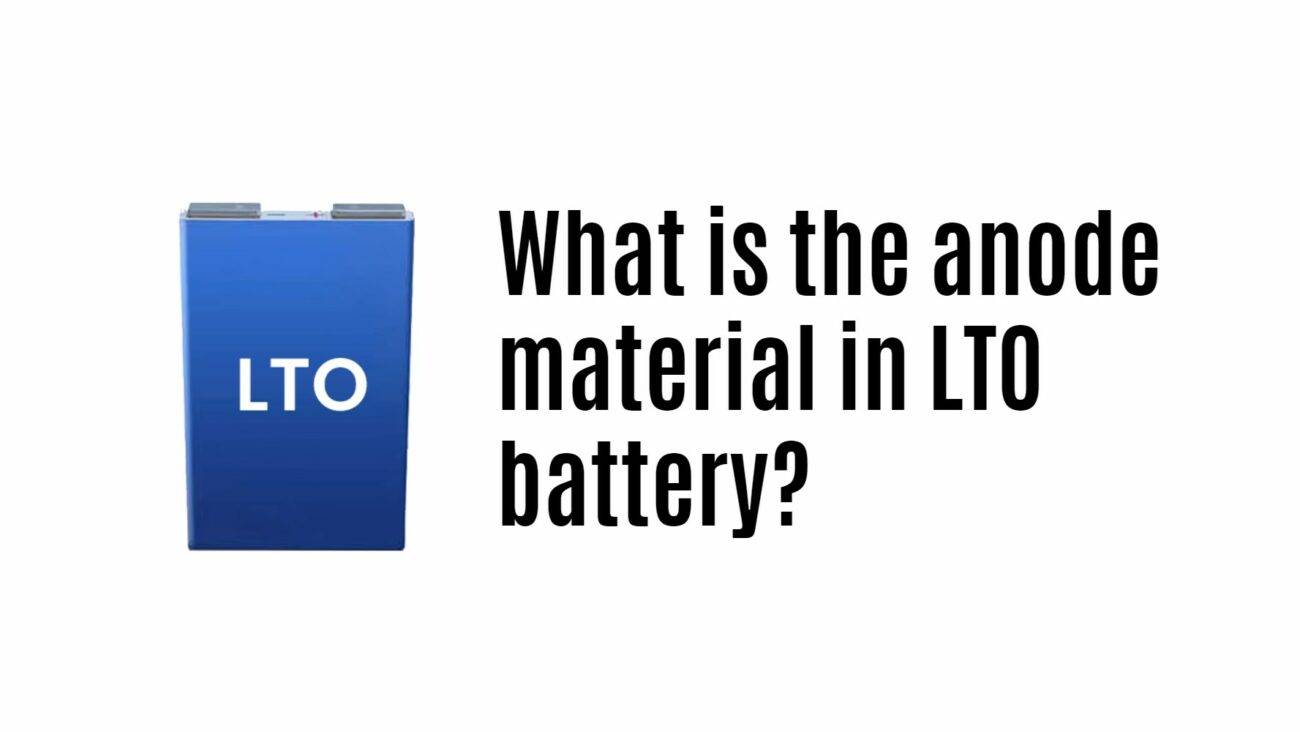Lithium-ion batteries have transformed how we power devices, from smartphones to electric vehicles. In this post, we’ll explore two types of lithium-ion batteries—LTO cells and LFP cells—each with unique advantages for different applications. Get ready to discover the differences between these powerful technologies!
Understanding LTO Cells and LFP Cells
Lithium-ion batteries, widely used in various applications, come in two main types: LTO (Lithium Titanate Oxide) and LFP (Lithium Iron Phosphate). Here’s a brief breakdown of their differences:
- LTO Cells:
- Known for exceptional safety and long cycle life.
- Composed of a lithium titanate oxide anode (Li4Ti5O12), enabling faster charging and excellent thermal stability.
- Ideal for high-power applications with rapid charge-discharge cycles.
- LFP Cells:
- Valued for inherent stability and high energy density.
- Consists of a lithium iron phosphate cathode (LiFePO4), providing excellent thermal stability and safety features.
- Suitable for applications prioritizing safety, like electric vehicles and energy storage.
- Performance Differences:
- Both offer long cycle life, low self-discharge, and wide temperature tolerance.
- LTO cells excel in high-power outputs and fast charging.
- LFP cells prioritize higher energy densities with superior safety profiles.
In summary, choosing between LTO and LFP cells depends on your application’s needs—whether you prioritize power delivery or energy capacity. Understanding their unique properties is crucial for making the right choice.
Composition and Structure of LTO Cells
Lithium Titanate Oxide (LTO) cells, a type of lithium-ion battery, stand out in certain applications due to their unique composition and structure. Here’s a concise breakdown:
- Anode Material Difference:
- LTO cells use lithium titanate instead of graphite for the anode material.
- The anode comprises tiny particles forming a porous structure, increasing surface area for faster ion exchange.
- Cathode Composition:
- The cathode is typically made of lithium cobalt oxide or a similar material.
- It stores energy during charging and releases it during discharge.
- Separator and Electrolyte:
- A separator, often ceramic, prevents short circuits while facilitating ion flow between the anode and cathode.
- The electrolyte can be liquid or solid-state, serving as a medium for ion transport during charge and discharge cycles.
The unique composition and structure of LTO cells enable faster charging, longer cycle life, improved safety, and better low-temperature performance compared to other lithium-ion batteries.
Composition and Structure of LFP Cells
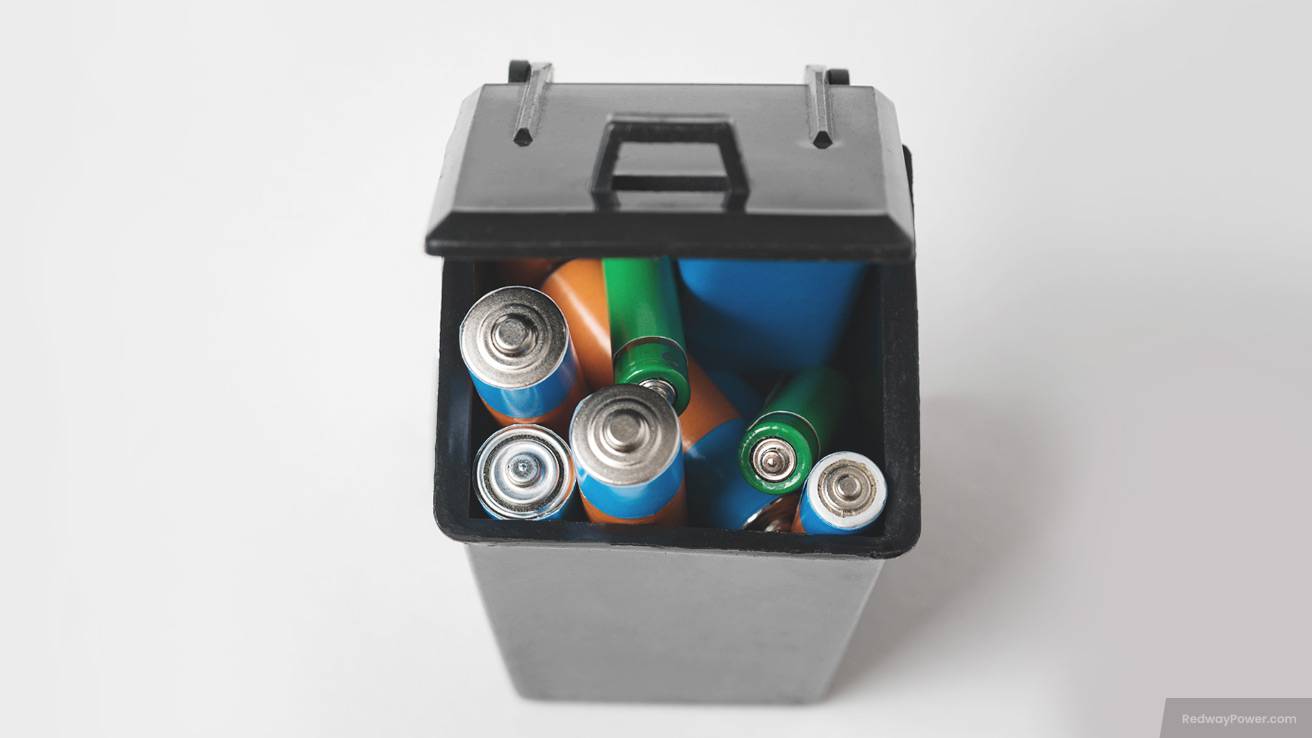
Lithium Iron Phosphate (LFP) cells, also known as LiFePO4 cells, have gained popularity as a type of lithium-ion battery. Here’s a concise breakdown of their composition and structure:
- Key Cathode Material:
- LFP cells use lithium iron phosphate as the cathode material, providing stability and safety to the cell.
- Anode Material and Structure:
- The anode material in LFP cells is typically carbon-based, often using graphite.
- LFP cells consist of multiple layers, including a positive cathode layer with active material and conductive additives, and a negative anode layer mainly composed of carbon-based materials.
- Separator and Electrolyte:
- A separator prevents direct contact between the electrodes, facilitating ion flow during charging and discharging.
- Electrolyte solutions with lithium salts aid ion movement within the cell.
The composition and structure of LFP cells ensure high efficiency in energy storage, along with extended cycle life, fast charging, and enhanced thermal stability compared to other lithium-ion batteries.
Key Differences between LTO and LFP Cells
Lithium-ion batteries offer various types, with Lithium Titanate Oxide (LTO) and Lithium Iron Phosphate (LFP) cells being notable. Here’s a brief breakdown of their key differences:
- Composition and Structure:
- LTO cells use lithium titanate oxide for the anode, while LFP cells use lithium iron phosphate, impacting voltage profiles and charging rates.
- Operating Voltages:
- LTO cells operate at lower voltages compared to LFP cells, influencing overall power output.
- Safety Features:
- LFP cells are known for greater stability, making them less prone to overheating or thermal runaway events compared to LTO cells.
- Specific Energy Density:
- LTO has a lower specific energy density than LFP, which is crucial if you prioritize higher energy storage potential within limited space constraints.
In summary, understanding these differences helps in choosing the right lithium-ion cell for specific application needs.
Applications and Advantages of LTO and LFP Cells
Lithium-ion batteries have transformed electronic devices, electric vehicles, and energy storage systems. Two key types, Lithium Titanate Oxide (LTO) and Lithium Iron Phosphate (LFP) cells, cater to specific applications. Here’s a concise breakdown:
- Applications:
- LTO cells excel in high-power applications, such as hybrid electric vehicles, due to rapid charging capabilities.
- LFP cells, prioritizing safety, find use in stationary energy storage systems like solar farms and smaller applications like laptops or power tools.
- Advantages:
- LTO cells deliver superior performance under extreme conditions, ensuring an exceptional lifespan.
- LFP cells prioritize safety with inherent thermal stability, reducing the risk of thermal runaway events and contributing to a longer lifespan.
Understanding these distinctions enables informed decisions based on specific application needs. As battery technology evolves, staying informed is crucial for optimal utilization.


